Contact Us
The Playbook is a living document. We invite you to send us your comments and updates.
Gulf Coast Community Foundation
Gulf Coast Community Foundation envisions thriving communities with opportunities for all. Together with our donors, we invest in systemic solutions to regional priorities, including environmental quality. This project is part of Gulf Coast’s strategic initiative to improve our region’s environment, enhance and steward unique natural assets, and educate citizens on the benefits of a healthy planet.

Copyright 2025 Gulf Coast Community Foundation. All Rights Reserved.

Recent Comments